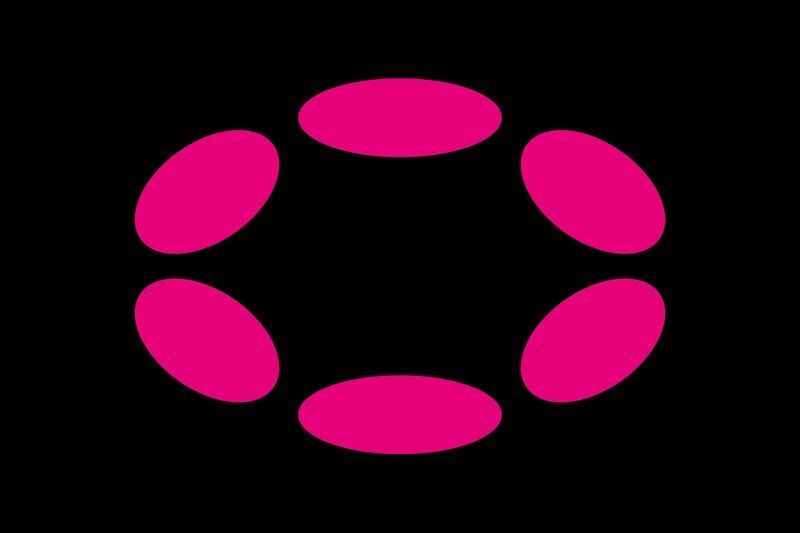is moving towards its Agile Coretime framework by allowing permissionless channel openings between chains on systems like Asset Hub, bypassing the need for approval through Polkadot’s OpenGov.
This feature is part of a broader effort to optimize inter-parachain communication ahead of upcoming network upgrades.
Polkadot’s HRMP (Horizontal Relay Routed Message Passing) channels, which currently serve as the primary message transport protocol by passing all messages through the relay chain, will soon be phased out in favor of the more efficient XCMP (Cross-Chain Message Passing) system.
However, until XCMP is fully operational, parachains will continue to use HRMP channels, which involve a two-step process to open.
Technically speaking, to set up an HRMP channel between two parachains, the process starts when one chain initiates the request. The second chain then needs to accept this request. Both steps need to be carried out on the Relay Chain, which originates from the respective parachain.
Opening channels between parachains and system chains, such as Asset Hub, has also been simplified. A two-way channel can now be established by making a corresponding call, which is executed on the Relay Chain via an XCM program.
Agile Coretime works by breaking down the process into key components. A “core” is a virtual unit on the Polkadot chain for managing transactions and executing smart contracts for parachains.
The system is managed by “Coretime Chain”, a specialized parachain that oversees the purchase, renewal and distribution of these resources.
Meanwhile, the Polkadot chain serves as the hub of the network and is responsible for security, consensus, and inter-chain communication.
That said, Agile Coretime offers two ways for projects to obtain these computational resources. The first option is on-demand purchasing, where projects can acquire space in blocks as they need it. This is especially useful for new or smaller projects with fluctuating needs.
The second option is block buying, which is more suitable for projects with consistent and predictable needs. This method allows projects to secure block space up to 28 days in advance, and transactions are represented as non-fungible tokens (NFTs).









